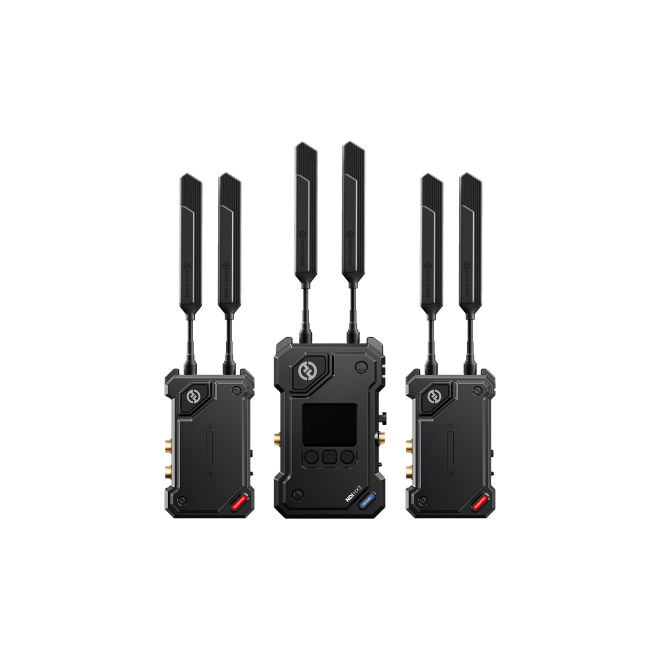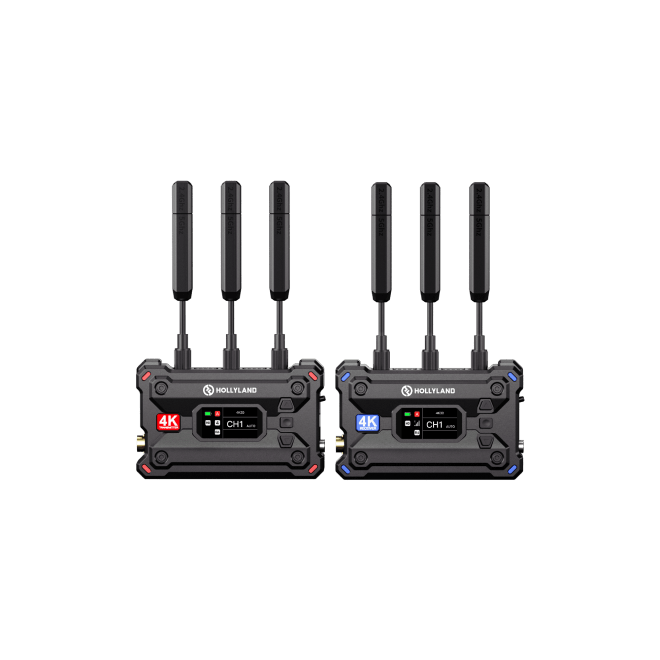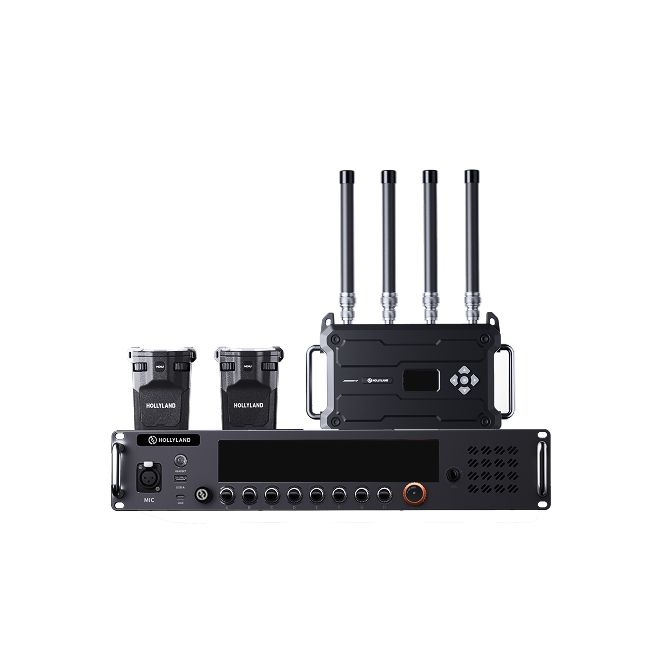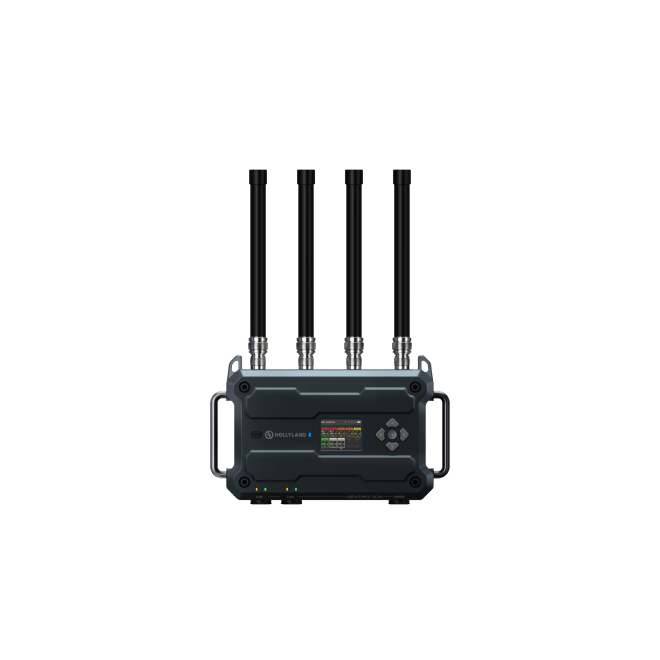Major League Baseball (MLB) games are tied after nine innings, and then the winner is decided in extra innings. Baseball’s no-tie rule adds excitement and strategy to high-stakes situations. Extra innings follow normal play, with teams alternating offense and defense until one team wins.
MLB uses the automatic runner rule, starting each half-inning with a runner on second base. This regulation, which shortens games and protects players, has divided fans and purists. Postseason games, on the other hand, still follow standard rules, which protect the dignity of important games. Extra innings stress player stamina and team depth and emphasize strategic choices that make baseball exciting and unpredictable.

alt: how do extra innings work in mlb
Basic Rules of Extra Innings
MLB plays extra innings when the score is tied after nine innings to ensure a winner.
Extra Innings structure
Inning Division: In each extra inning, the visiting team bats in the top half and the home team in the bottom half.
Determining the Winner: A whole inning is played until one side leads. If the visitors score in the top half, the home team may draw or win in the bottom half. The procedure continues until a winner is found.
No time limit.
Baseball is untimed, unlike other sports. Indefinite extra innings until one side wins an inning. This open-ended 1920 game between the Brooklyn Robins and the Boston Braves finished in a 1-1 tie after 26 innings due to darkness.
Automatic Runner Rule (Regular Season)
When an MLB regular-season game goes into extra innings, a regulation is introduced to speed up the game.
Rule Description:
- During extra innings, the batting side starts each half-inning with an automatic runner on second base.
- The runner before the leadoff batter in that inning is this one. The number 4 batter or a pinch-runner is put on second base if the number 5 batter leads off.

alt: regular season mlb game
History and Intent:
The “ghost runner” rule, or automatic runner rule, was implemented during the pandemic-shortened 2020 season. Its main goal was to shorten games and decrease player fatigue on a tight timetable.
The regulation applied in 2021 and 2022. In 2023, MLB’s Joint Competition Committee overwhelmingly adopted it for regular-season games.
Statistical Impact:
Automatic runner runs are recorded as unearned for pitchers, guaranteeing no negative impact on their ERA. This change tries to strike a compromise between the need for faster game results and the integrity of player statistics.
Postseason and All-Star Game Rules
Postseason Play.
The standard automatic runner rule does not apply in MLB playoff extra innings. Under conventional rules, each extra inning begins with empty bases. This ensures that high-stakes playoff games remain fair and competitive without automatic runners.
All-Star Games.
MLB All-Star Games do not use the automatic runner rule. A tie after nine innings is resolved following typical extra-inning rules, commencing each inning with no runners on base. This model keeps the traditional game structure during the All-Star exhibition.

alt: mlb all star games
Pitch Clock in Extra Innings
In 2023, MLB implemented a pitch timer to speed up the game, which continues into extra innings.
Rule Application:
Implementing Pitch Timer: Pitchers get 15 seconds to start with bases empty and 18 with runners on base. This time holds into extra innings.
Batter’s Responsibility: Batters must be in the box and attentive to the pitcher within eight seconds. Failure
Purpose:
Maintaining Game Pace: The pitch timer reduces delays to maintain a steady pace throughout the game, even in extra innings.
Improving Viewer Experience: The regulation aims to engage supporters in the stadium and on TV by eliminating downtime.
Average game durations have dropped by 30 minutes since introducing the pitch timer. This adjustment was well received and made the game more lively and fan-friendly.

alt: mlb pitcher
Key Strategies in Extra Innings
Teams use distinct techniques in extra innings to score and avoid runs.
Offensive Strategies
Small-Ball Tactics: Teams bunt an automatic runner from second to third base for a sacrifice fly or groundout to score. This method improves the score with little hits.
Pinch Runners: Managers may replace the automated runner with a speedier player to increase scoring chances. Speed on the basepaths may force defensive blunders.
Defensive Strategies:
Pitching Decisions: Managers may use strikeout-prone pitchers to reduce ball in play and automatic runner advancement. High-leverage scenarios need good bullpen management.
Defensive Alignments: Teams may adjust infielders or put them closer to the plate to defend against bunts or baserunner advances.
Managerial Adjustments:
Bullpen Management: Managers must balance employing their top relievers at crucial times with the prospect of a game going extra innings to ensure pitchers are available.
Offensive Decisions: Choosing to pinch hitters or runners, aggressive baserunning, or cautious play may change the game in extra innings.
Historical Context of Extra Innings
Extra innings have resulted in some of the most memorable moments in MLB history, demonstrating teams’ stamina and commitment.
Longest Extra-Inning Games.
26-Inning Marathon (1920): The Brooklyn Robins (now Dodgers) and Boston Braves played the longest MLB game ever, 26 innings, on May 1, 1920. The game finished 1-1 due to darkness.
18-Inning World Series Game (2018): In Game 3 of the 2018 World Series, the Los Angeles Dodgers and Boston Red Sox fought for 18 innings. Max Muncy blasted a walk-off home run to win 3-2 for the Dodgers. This game was the longest World Series game by innings, which lasted 7 hours and 20 minutes.

alt: history of extra innings
Evolution of Extra-Inning Rules.
Extra innings until a winner became a tradition, making games unpredictable. MLB created the automated runner, or “ghost runner,” rule in 2020 to speed up games and reduce player fatigue. Each extra-inning half-inning begins with a runner on second. It was temporary during the pandemic but became permanent 2023 for regular-season games.
Conclusion
MLB’s extra innings system mixes history and modernity to decide deadlocked games. Postseason play follows conventional rules to protect competitive integrity, although the automatic runner rule has shortened games and decreased tiredness during the regular season. Extra innings require planning for small-ball, pinch-running, and bullpen management.
The endurance and unpredictability of extra innings are evident in the 26-inning marathon and 18-inning World Series struggle. MLB’s combination of history and innovation keeps fans and players entertained and fair.
When MLB games head into extra innings, every intense moment matters and the broadcasting team can’t afford to miss a single detail. A reliable wireless video transmitter ensures crystal-clear, uninterrupted coverage from multiple cameras, so viewers experience all the excitement seamlessly.


































.png)




